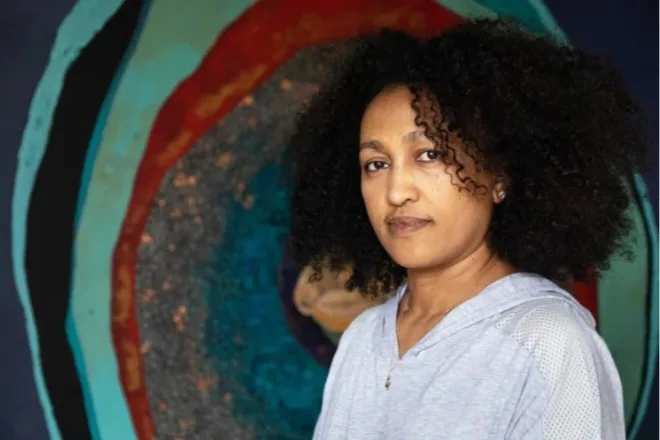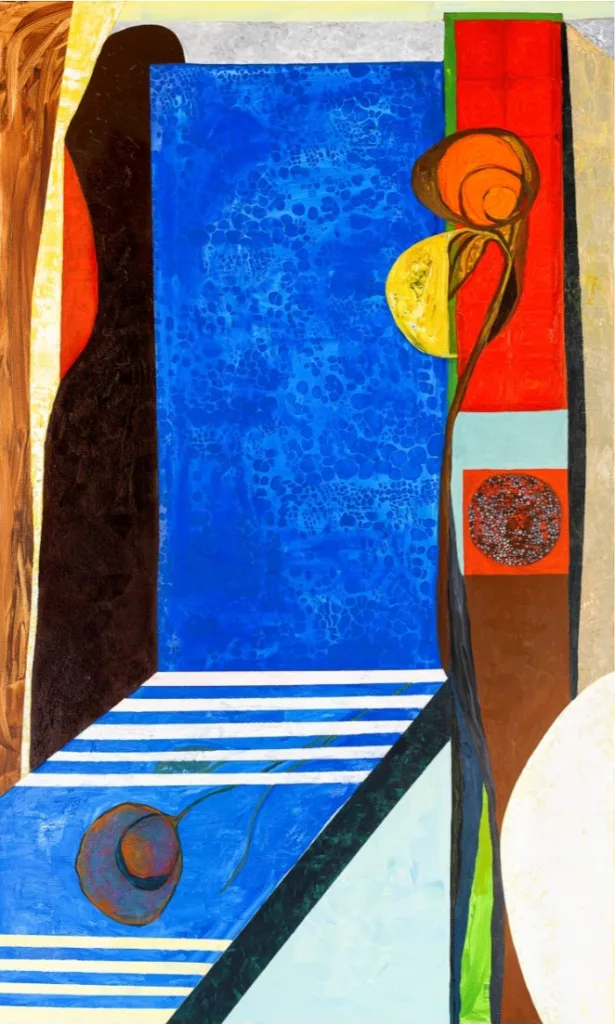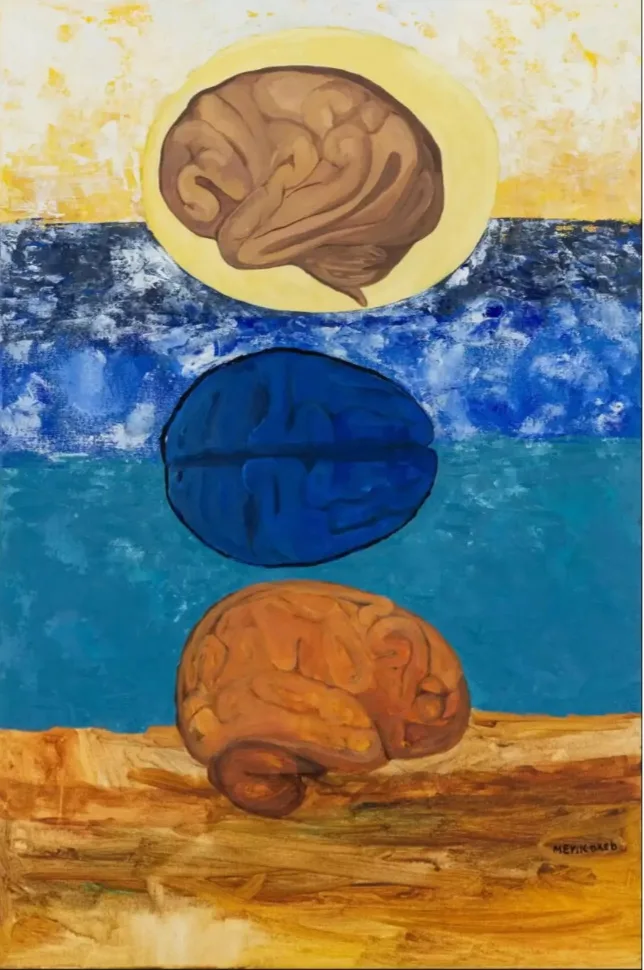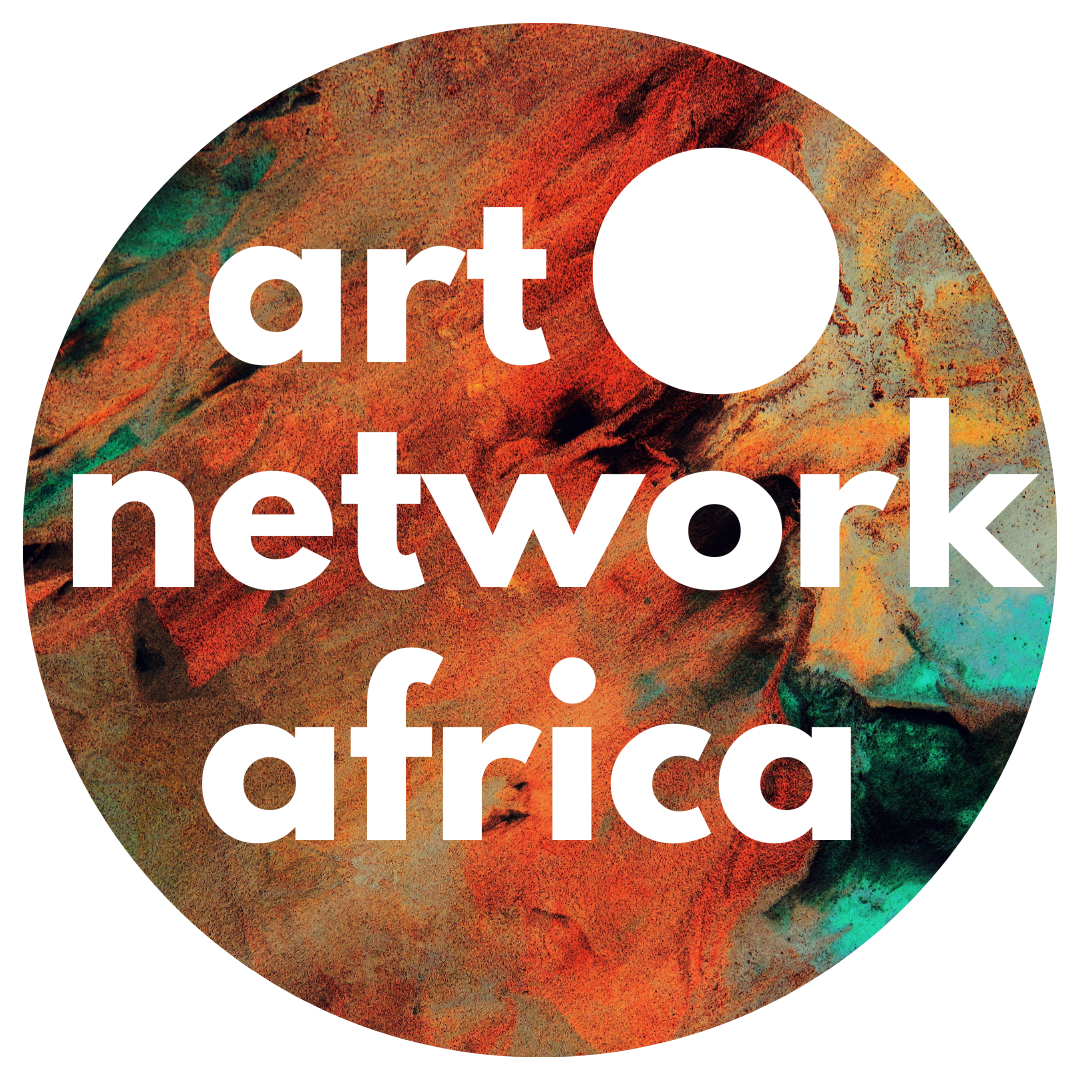Addis Fine Art joins forces with James Cohan Gallery and Esther Schipper to help Ethiopian artist Merikokeb Berhanu go global. One of the greatest quandaries for smaller and mid-size galleries is spending years working with an artist, and not being able to help them progress to the next level of their careers as they need a bigger platform than you can provide. Rakeb Sile and Mesai Haileleul—who co-founded Addis Fine Art in Addis Ababa in 2016 were faced with the following question: how do they help an artist to progress to the next level without losing them to a mega-gallery forever? This was following the inclusion of Merikokeb Berhanu, an artist the duo has represented since 2017, in the 2022 Venice Biennale.
Born in Ethiopia in 1977, Berhanu graduated from the Alle School of Fine Arts and Design in Addis Ababa in 2002, where she studied under Ethiopian Modernist painters such as Tadesse Mesfin. The influence such Modernists had on Behranu is palpable in her vibrant semi-abstracted paintings, which focus on the tense rift and disconnect between nature and technology. Due to her appearance at the Biennale, Berhanu has been drawing a lot of international recognition for her work and it was at this point that Addis Fine Art started looking for collaborators to grow her international career and collector base.

Various galleries interested in working with Berhanu got in touch, but it was Esther Schipper, who has galleries in Berlin, Paris and Seoul, and the New York-based dealer James Cohan who seemed the best fit. On the 28th of March 2025, the three galleries announced joint representation of Berhanu. Sile had this to say, “There are a few artists that we look after who have reached the limit of what we can do for them on our own, and Meri is one of them.”
Addis took Berhanu on in 2017 and gave her her first show in Addis Ababa. Since then, the gallery has sold her work into around 15 international institutional collections, including the Tate. Berhanu is now one of “a subset of artists with whom we need to collaborate with bigger galleries, in a meaningful way,” Sile says. “This is our first proper collaboration, but it will be, we hope, one of many.”

Global reach was important in choosing collaborators and with James Cohan being such an expert in the US market, Addis Fine Art felt comfortable that James Cohan Gallery would be able to push institutional sales within the US, as they’d done for many artists including Ethiopian artist Elias Sime. On the other hand, Esther Schipper has such a wide European network and an Asian network, because of the gallery in Seoul so that will be new territory for Berhanu to explore. From now on, while Addis Fine Art will remain a representative of Berhanu and sell occasional paintings, Schipper and Cohan will take on the lion’s share of the artist’s work, with Schipper presenting its first solo exhibition of her work during Gallery Weekend Berlin in May and a show of new works opening at one of James Cohan’s New York spaces in October.
Schipper had this to say, “I have always admired Berhanu’s painting for its beauty and intelligence amd she was an important artistic position in our painting exhibition Twilight is a Place of Promise in 2024, and I am delighted to present a solo presentation of her work during the Gallery Weekend Berlin. It is a wonderful opportunity to introduce Merikokeb’s work to a wider European audience.” Meanwhile, according to Cohan, “Berhanu’s work reflects on a unique blend of cultural specificity and an intertwined language of abstraction,” further professing his honour to be working together.

In a crowded gallery-eat-gallery world the subject of shared representation is a sensitive one, with many artists and galleries reluctant to talk about the practicalities of these sometimes fragile relationships—such as how works are distributed. The industry is lop-sided and being a small gallery that wants to remain niche while not being trampled by bigger players is particularly difficult. In the art world, when an artist leaves or gets poached from a smaller gallery, there’s no return for the gallery. This means if smaller galleries lose one or two bigger artists, they’ll likely be out of business. At the same time, the art world needs niche galleries to survive or we will see nothing new.


